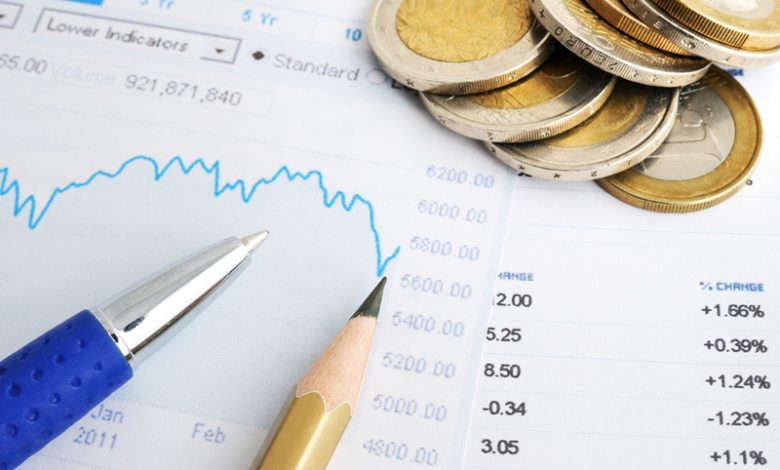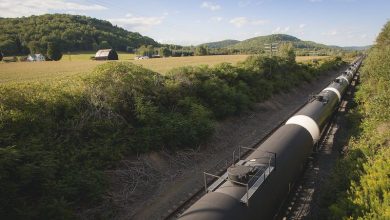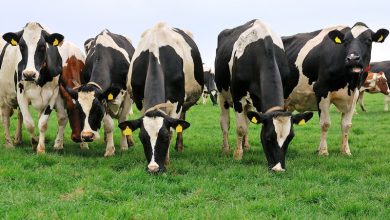
River Levels at Amazon Rainforest Port Reach 122-Year Low Amid Drought, According to Reuters
By Bruno Kelly and Jake Spring
MANAUS, Brazil – The river port in Manaus, the largest city in the Amazon rainforest, reached its lowest water level since 1902 on Friday. A severe drought has drained waterways, disrupting the transport of grain exports and essential supplies vital for the region.
Since last year, the Amazon and much of South America have experienced below-average rainfall, even during the rainy season, contributing to the worst wildfires in more than a decade across Brazil and Bolivia. Researchers attribute these alarming weather patterns largely to climate change.
Scientists predict that moisture levels in the Amazon may not fully recover until 2026. Last year’s drought escalated into a humanitarian crisis, leaving many dependent on rivers without access to food, water, or medicine. This year, authorities are already on high alert, with at least 62 municipalities in the severely affected Amazonas state under states of emergency, impacting over half a million people, according to the state’s civil defense administration.
"This is now the most severe drought in over 120 years of measurement at the Port of Manaus," stated Valmir Mendonca, the port’s head of operations, noting that river levels are expected to continue dropping for another week or two. With the region failing to recover fully due to weaker seasonal rains, the impacts of last year’s drought are likely to repeat or worsen.
The Port of Manaus reported the Rio Negro river measured at 12.66 meters on Friday, surpassing the previous all-time low recorded last year and continuing to fall. The Rio Negro, a significant tributary of the Amazon River, meets the sandy-colored Solimoes at the renowned "meeting of the waters," which also experienced record low levels recently.
Grain shipments have been suspended on the Madeira River, another major tributary of the Amazon, due to low water levels. Additionally, researchers are discovering the remains of Amazonian river dolphins, attributing their decline to diminished water levels pushing this threatened species into more frequent contact with humans.
The national disaster monitoring agency has deemed the drought Brazil’s worst since at least the 1950s. The situation has also affected hydropower plants, Brazil’s primary energy source, prompting energy authorities to approve the reintroduction of daylight savings time to conserve electricity, pending presidential approval.
The extreme weather and dryness are impacting much of South America, with the Paraguay River also reaching record lows. This river begins in Brazil and flows through Paraguay and Argentina to the Atlantic.
The ongoing heat and aridity are causing an increase in fires in the Amazon and the neighboring Pantanal, the largest wetland in the world. Data suggests that Bolivia is on course to break its record for the most fires ever documented.
 GOOGL
GOOGL  META
META 


